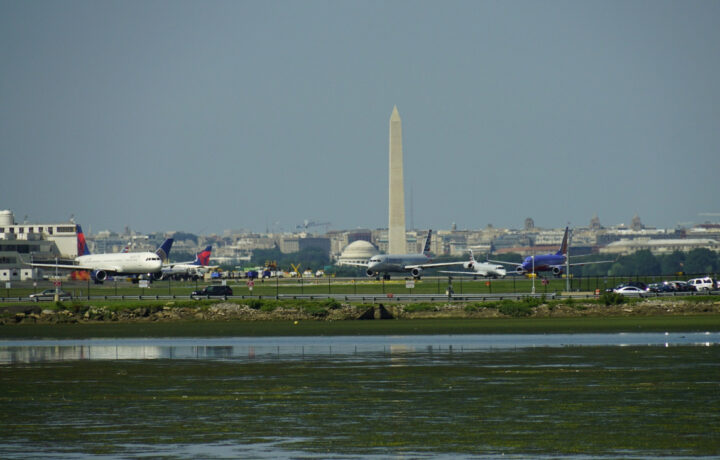The lights of Washington, D.C., never dim, but last night, they flickered with tragedy. A devastating mid-air collision between a commercial airliner and a U.S. Army Black Hawk helicopter near Ronald Reagan Washington National Airport sent shockwaves through the capital. The crash, so close to one of the most iconic airports in the country, has left families grieving, officials scrambling, and the nation demanding answers.
Reagan National: More Than Just an Airport
Reagan National is more than just an airport—it’s a gateway to the seat of American power, the backdrop to countless homecomings, and a place of personal significance for so many travelers, myself included. Flying in over the Potomac, with the Washington Monument standing tall in the distance, is a uniquely breathtaking experience. But today, the view is clouded by sorrow.
How Could This Happen in Highly Restricted Airspace?
The collision occurred in the controlled airspace surrounding Washington, D.C., a region with stringent flight regulations due to its proximity to key government installations. The fact that a commercial airliner and a military helicopter could collide in such a heavily monitored area raises critical questions about airspace management, inter-agency communication, and the robustness of existing safety protocols.
White House Response: A Call for Immediate Review
In response, the White House issued a memorandum calling for an immediate assessment of aviation safety. The directive mandates a comprehensive review of hiring decisions and safety protocols implemented over the past four years, with a focus on reversing any trends that may have compromised aviation safety. The administration has said they are committed to ensuring that the agencies responsible for the nation’s airspace operate with the highest standards of competence and safety.
What Went Wrong?
Beyond the politics, though, the core question remains: How did this happen? Mid-air collisions of this magnitude are exceedingly rare, thanks to layers of air traffic control safeguards, pilot protocols, and technology designed to prevent them. Yet, last night, those safeguards failed catastrophically. Now, the Federal Aviation Administration (FAA) and the National Transportation Safety Board (NTSB) will conduct urgent investigations to determine whether this tragedy was a result of systemic failures, human error, or an unpredictable combination of both.
Ensuring Safety and Restoring Public Trust
The stakes could not be higher. Trust in air travel is key, especially in the D.C. metro area, where military, government, and commercial flights constantly intersect. The coming weeks will be critical in uncovering the truth, ensuring accountability, and making sure the skies over Reagan National, and across America, are safe.




